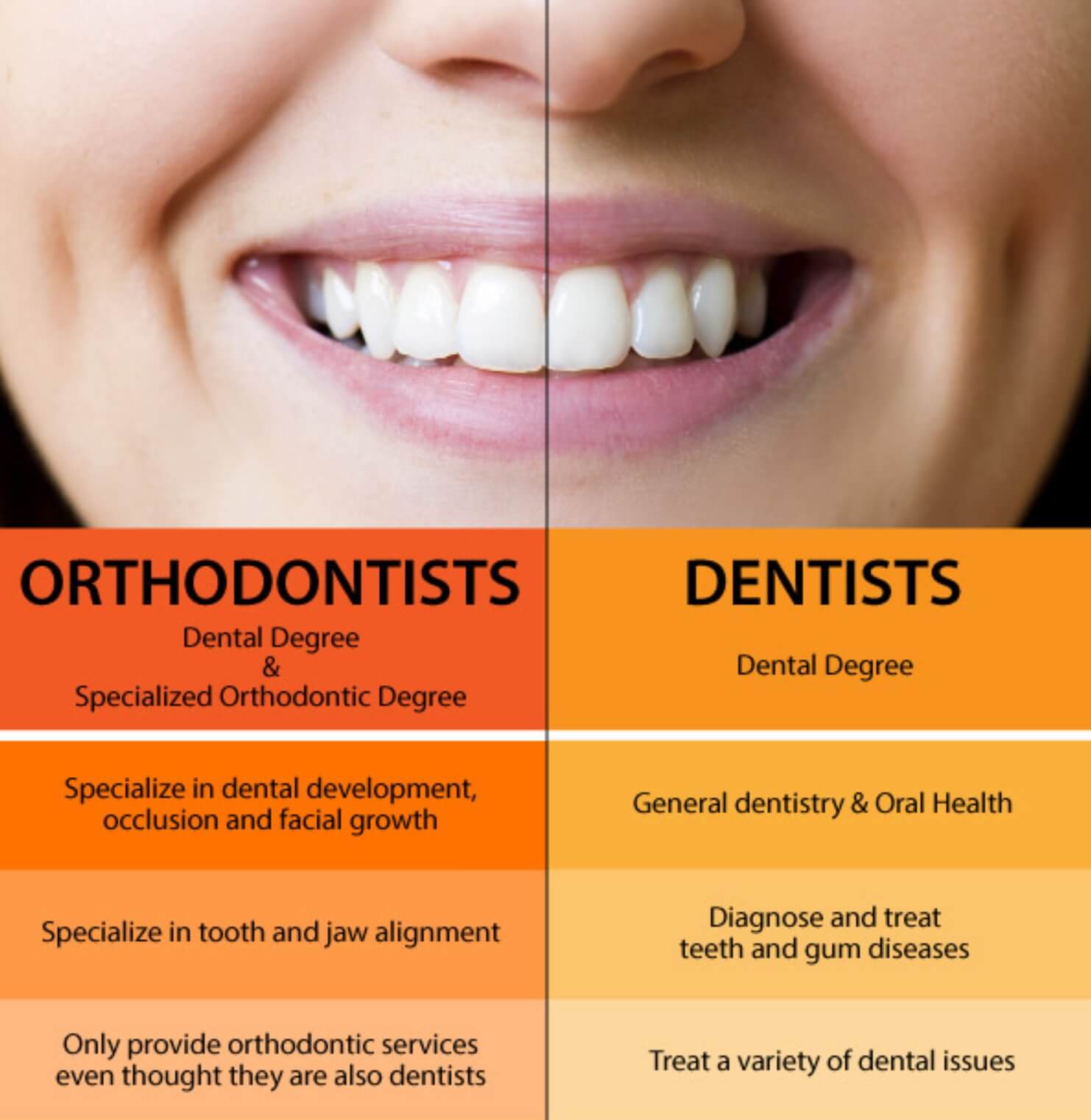The Greatest Guide To Legacy Orthodontics
Table of ContentsWhat Does Legacy Orthodontics Do?10 Simple Techniques For Legacy OrthodonticsWhat Does Legacy Orthodontics Mean?Not known Incorrect Statements About Legacy Orthodontics The smart Trick of Legacy Orthodontics That Nobody is Talking About
In addition, we provide adjustable therapy routines, flexible settlement choices and a fun, delightful experience.An orthodontist is a dental practitioner trained to diagnose, protect against, and treat teeth and jaw irregularities. They remedy existing problems and are trained to determine problems that might create in the future. Orthodontists collaborate with individuals of all ages, from kids to grownups. Individuals frequently link an excellent smile with health.
Malocclusion, or misaligned teeth, can bring about dental problems, consisting of dental cavity, gum tissue condition, and difficult or uncomfortable eating. Not everybody is born with straight teeth. If you have a negative bite or huge areas in between your teeth, you may wish to get in touch with a dental practitioner focusing on orthodontic treatment.
Our Legacy Orthodontics Ideas
( Image Credit Scores: DigitalVision/Getty Images) Orthodontists utilize repaired and removable oral tools, like dental braces, retainers, and bands, to transform the position of teeth in your mouth. Orthodontic therapy is for dental irregularities, including: Uneven teethBite problems, like an overbite or an underbiteCrowded teeth or teeth that are as well far apartJaw misalignmentThe goal of orthodontic treatment is to improve your bite.
A healthy and balanced bite guarantees you can consume, eat, and talk effectively. While you could think about orthodontists as mainly for kids or teens that require dental braces, they can correct oral issues at any kind of age. Orthodontists attend college, dental institution, and orthodontic college. After college graduation, they spend 2 or 3 years in an orthodontic residency program.
, however not all dental practitioners are orthodontists. They focus on 2 locations: Just how to correctly and safely move teeth How to properly assist advancement in the teeth, jaw, and faceOnce an orthodontist has completed training, they have the option to end up being board accredited.
Legacy Orthodontics Can Be Fun For Everyone
Misalignment, or malocclusion, is the most common reason people see an orthodontist. It is genetic and is the result of size differences in between the top and lower jaw or in between the jaw and teeth. Malocclusion brings about tooth congestion, a misshapen jaw, or uneven bite patterns. Malocclusion is normally treated with: Your orthodontist attaches metal, ceramic, or plastic square bonds to your teeth.
If you have just minor malocclusion, you might be able to use clear braces, called aligners, rather than traditional braces (https://forums.hostsearch.com/member.php?268999-legacyortho). Some individuals need a headwear to assist relocate teeth into line with stress from outside the mouth. After braces or aligners, you'll need to use a retainer. A retainer is a custom device that keeps your teeth in position.
They're most usually made use of on kids. They can develop added room in the mouth without having to pull teeth. If you have a severe underbite or overbite, you might require orthognathic surgical treatment (likewise called orthodontic surgical treatment) to extend or reduce your jaw. Orthodontists utilize cables, medical screws, or plates to sustain your jaw bone.
You might need to see an orthodontist if you have: Crowding or not enough room for all of your teethOverbite, when your top teeth come your bottom teethUnderbite, when your bottom teeth are too far forwardSpacing or Home Page concerns with gapsCrossbite, which is when your upper teeth fit behind your bottom teeth when your mouth is closedOpen bite or an upright void in between your front bottom and upper teethMisplaced midline, when the facility of your base and upper teeth don't align Correcting an oral malocclusion can: Make attacking, eating, and talking easierImprove the balance of our face and your general appearanceEase pain from temporomandibular joint disordersSeparate your teeth and make them less complicated to clean up, helping stop tooth decay or tooth cavities It's typically a dentist that initially notifications misaligned teeth during a regular exam.
Legacy Orthodontics Things To Know Before You Buy

Throughout your first orthodontic assessment, you'll likely have: An oral examPhotos taken of your face and smileDental X-raysPanoramic (360 level) X-rays of your face and headImpressions to develop molds of your teethThese tests will certainly help your orthodontist recognize exactly how to proceed with your treatment. leesburg clear braces. An orthodontist is a dental practitioner who's had training to treat your teeth and jaw
An orthodontist is focused on your bite, so something like a broken tooth would be taken care of by a dental professional. Orthodontists are focused on your bite, or the method your teeth fit with each other, and the straightness of your teeth.
Ever before wondered exactly how celebs always appear to have flawlessly lined up teeth? The answer often hinges on the experienced hands of an orthodontist. What specifically does an orthodontist do? Orthodontists are oral experts that concentrate on fixing abnormalities in the teeth and jaws. Their know-how exceeds just producing an attractive smile; it extends to enhancing your total oral wellness and feature.
A Biased View of Legacy Orthodontics

, orthodontists have a diverse toolkit at their disposal. These tried-and-true braces utilize a system of brackets bonded to the teeth and connected by cords.
Clear aligners, like Invisalign, are a prominent option for individuals seeking a much more very discreet treatment option. These detachable trays are personalized to progressively change the teeth's placement. Headwear may be used together with dental braces or aligners to use added targeted forces, particularly for fixing jaw discrepancies. In situations of narrow jaws, palatal expanders can be utilized to produce area for correct tooth positioning.